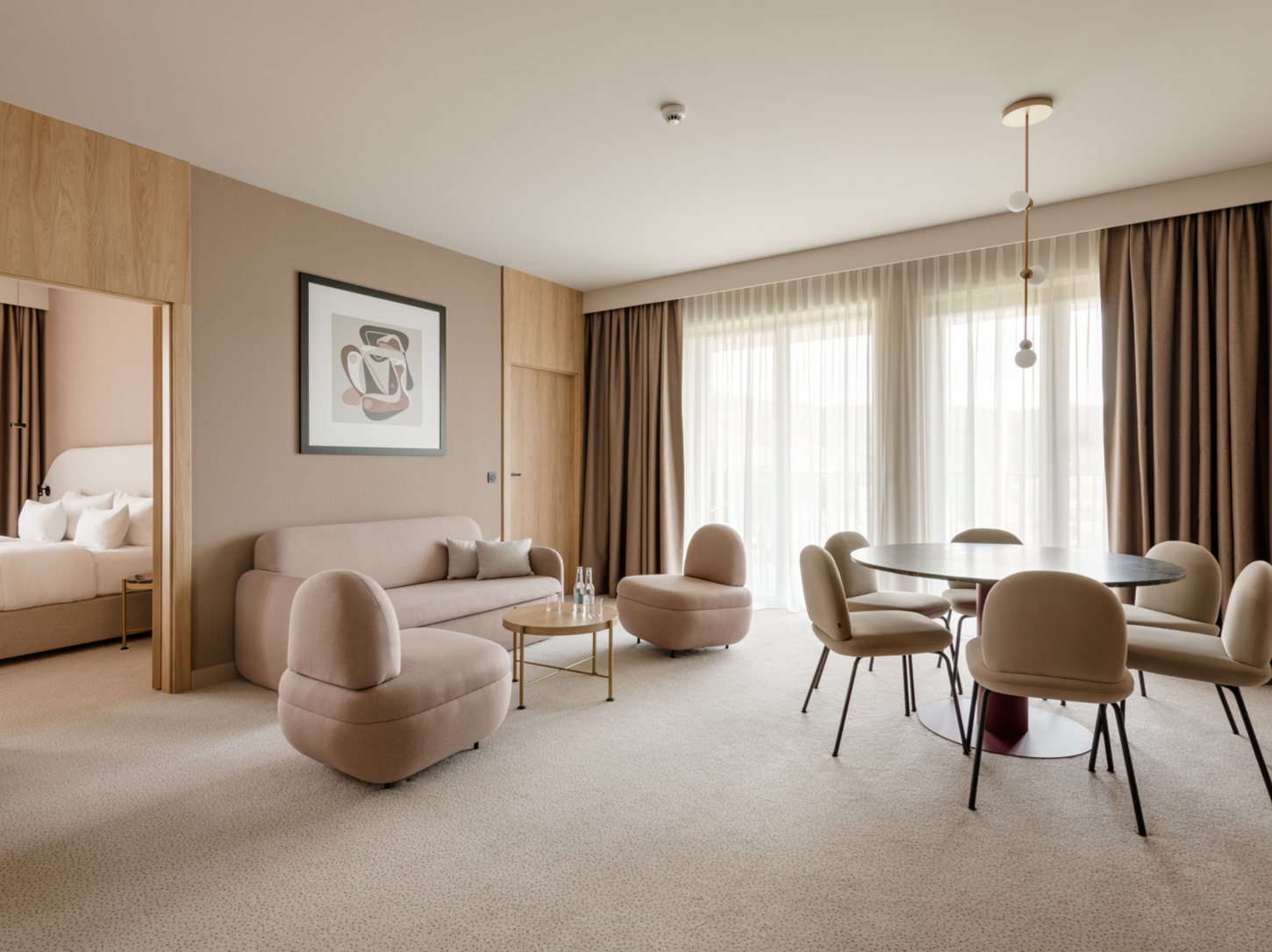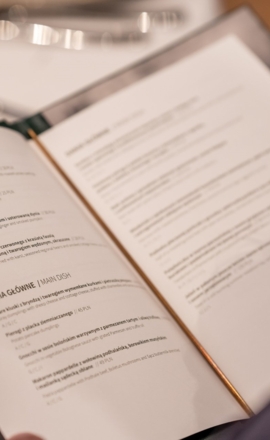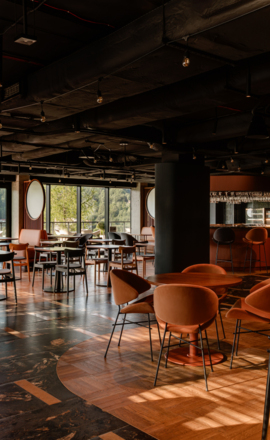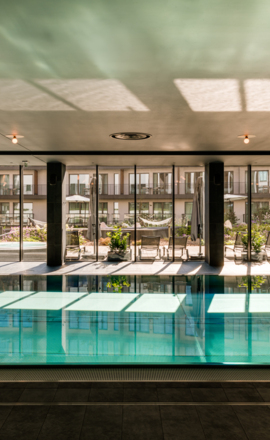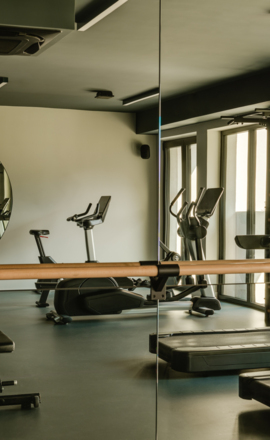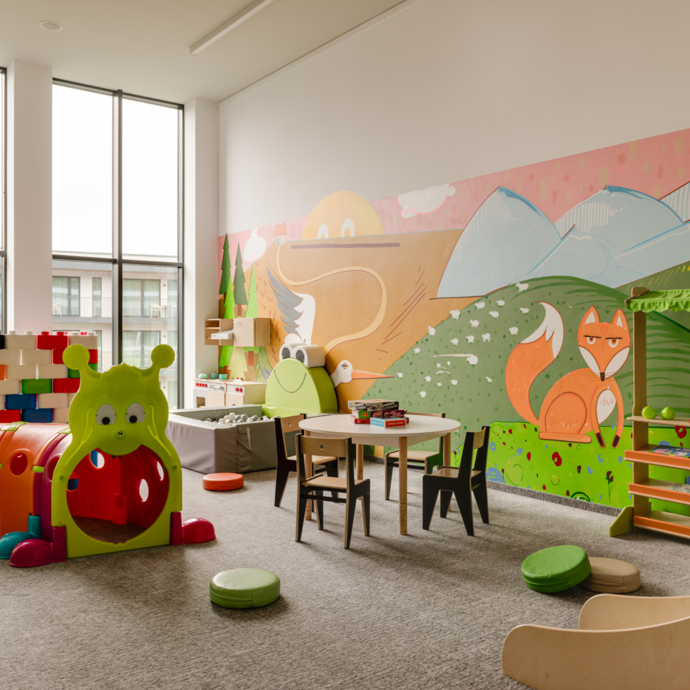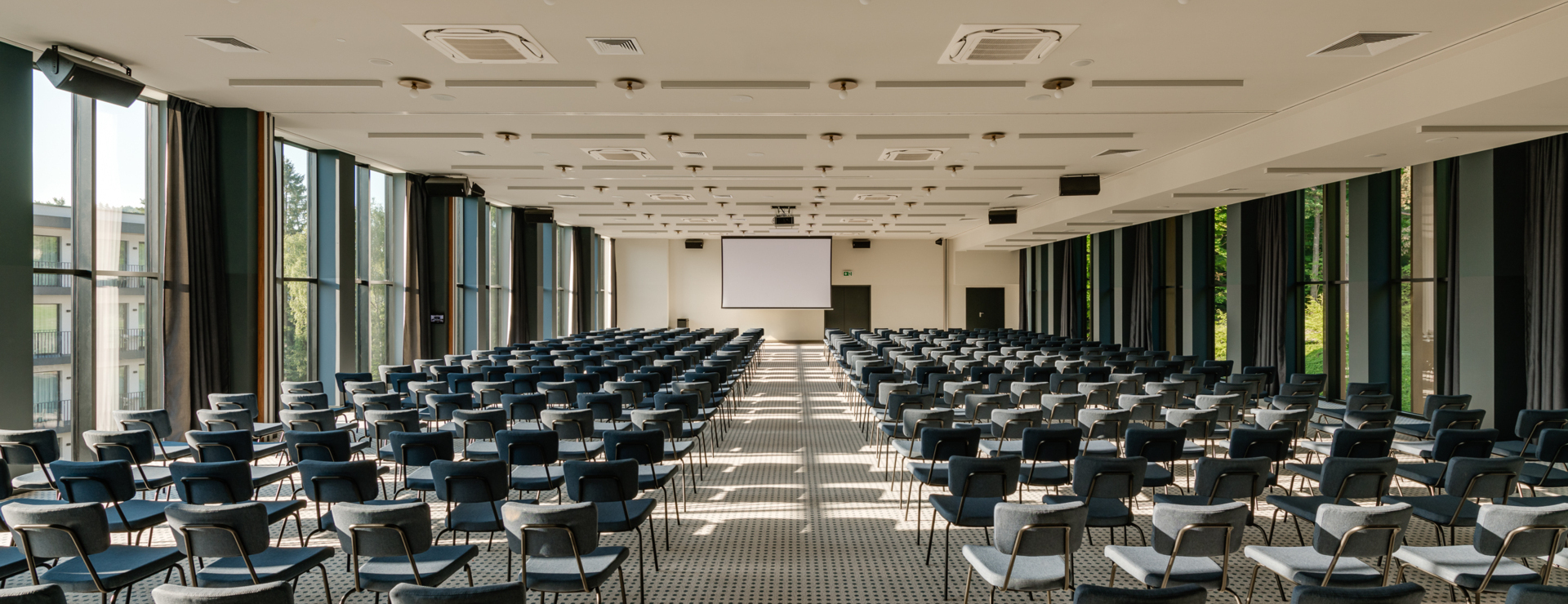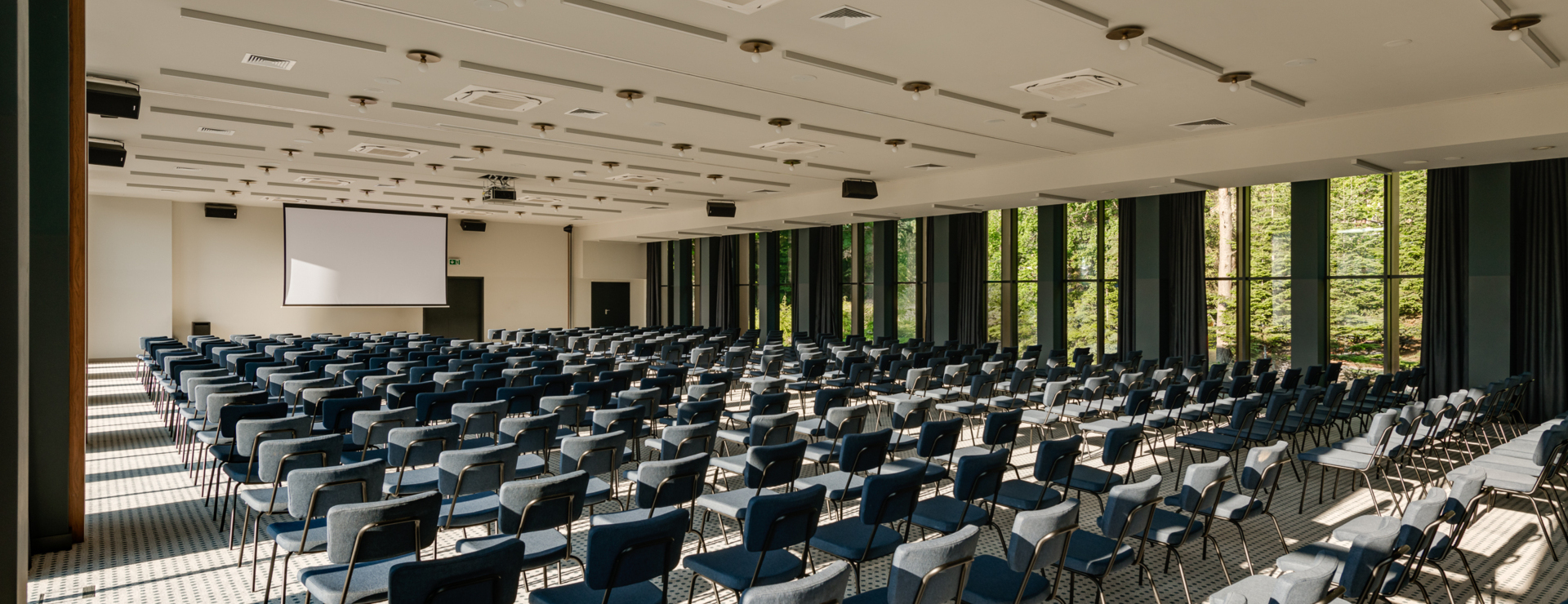Harmony.
Design.
Nature.
Belmonte Hotel ***** in Krynica Zdrój is a place where you live your life to the fullest. Our luxurious oasis of peace gives all what's best in the Beskid nature. Both the ski slope and the very heart of the popular ski resort is right nearby, pampering your eyes with the stunning mountain panorama. We believe it with all our hearts that well-being is the key to happiness and the essence of life. Our cuisine presents you with the treasures of the local cooking. Well, what else is there to say? Belmonte is your source of positive energy, indeed.
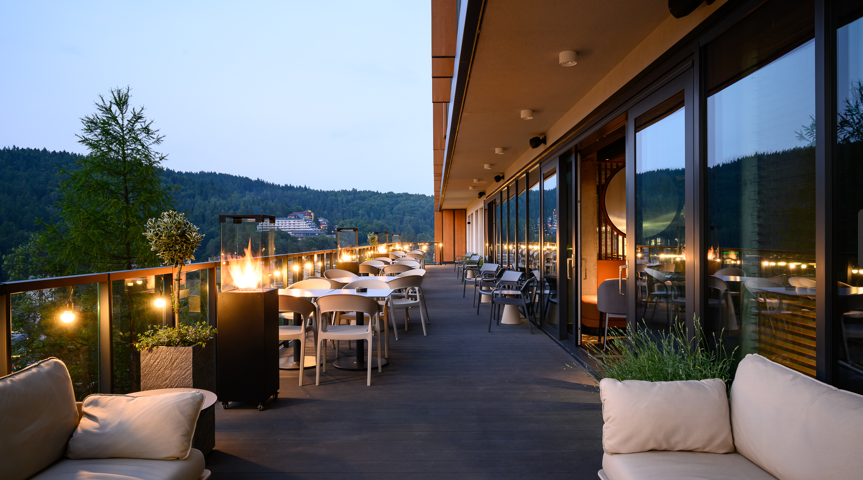
Modern design, original
and cosy interiors
Consierge services - fulfilling requests and making dreams come true
Just by the ski slope, not far from the resort centre
Excellent dishes inspired by the region's traditions and Alpine cuisine












